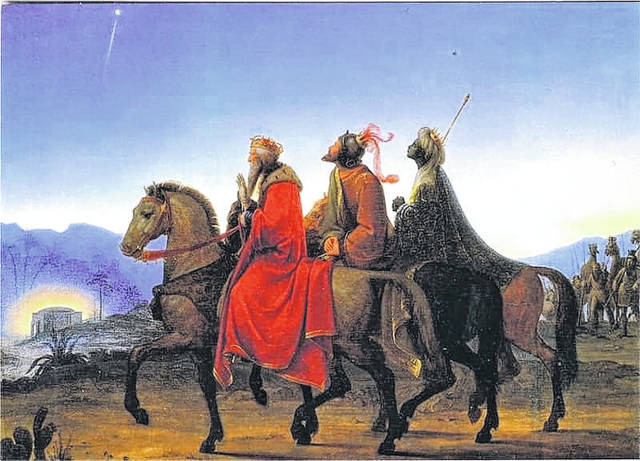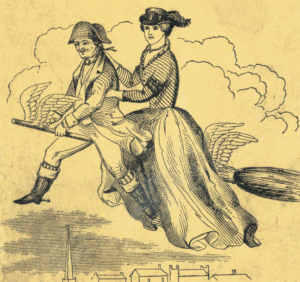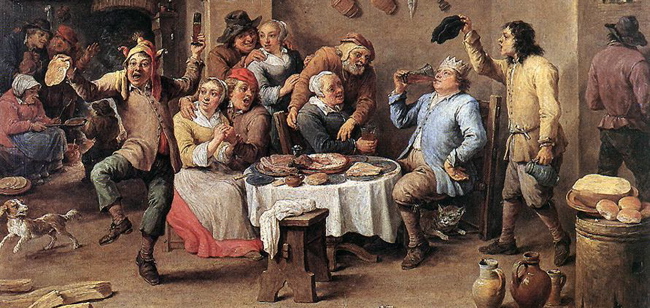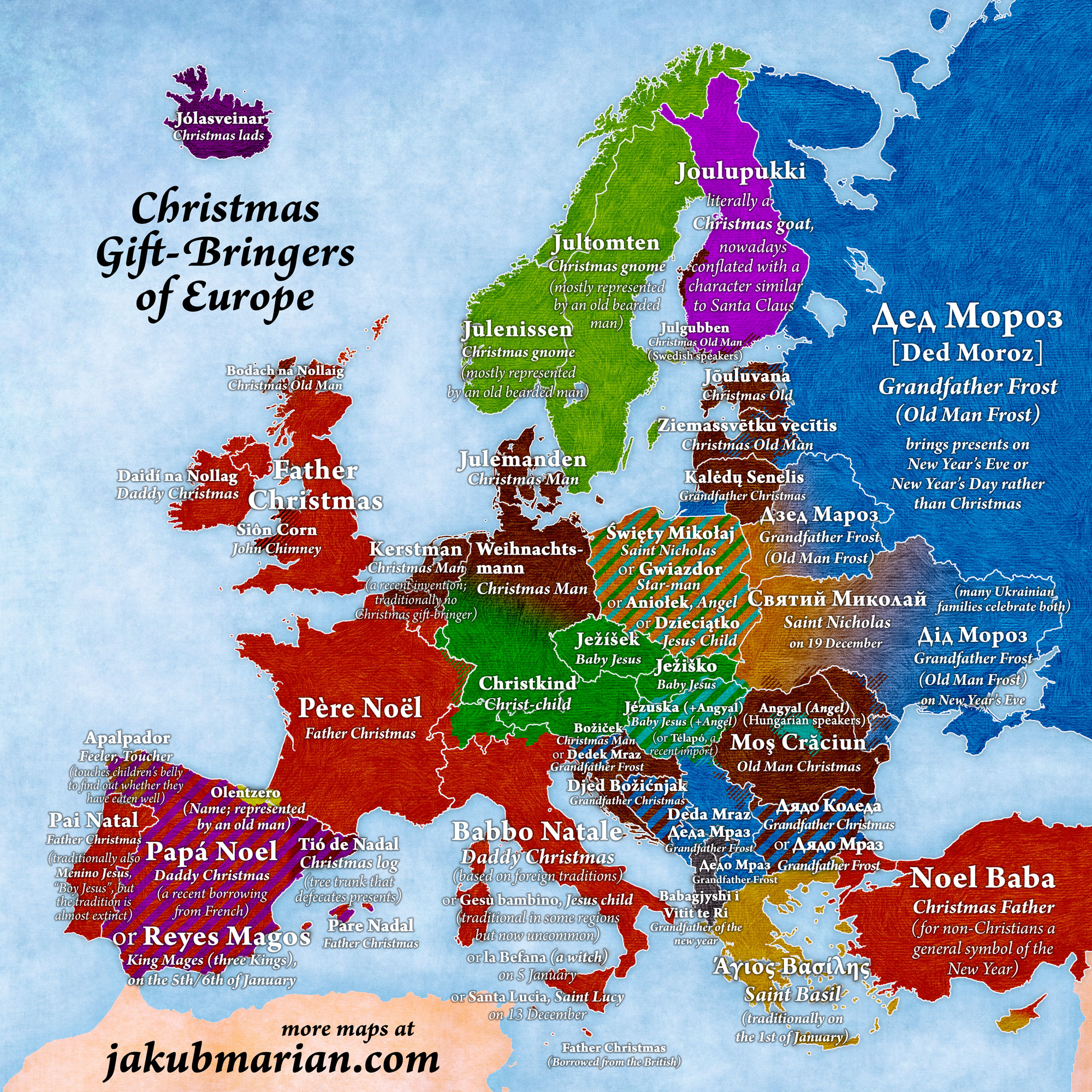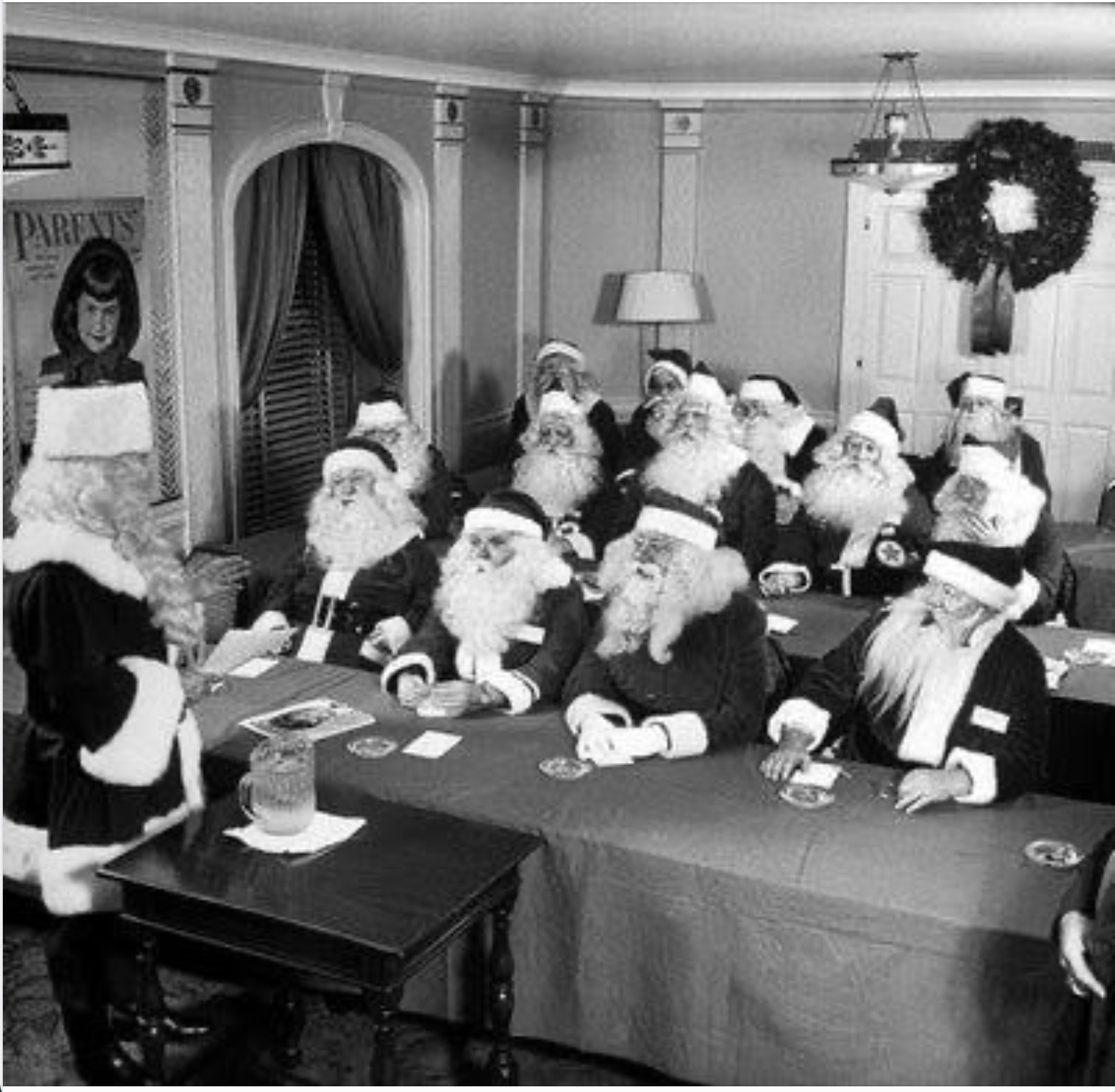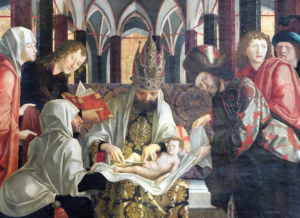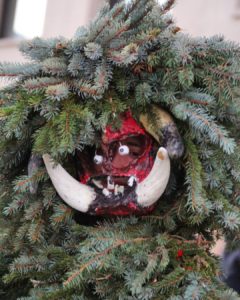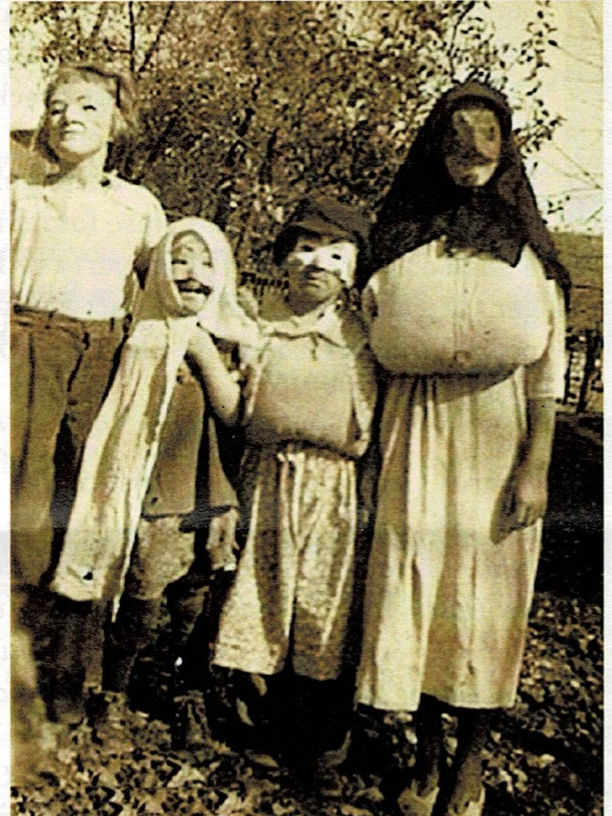Having been converted in AD 330, Ethiopia is one of the oldest Christian nations in the world and Christmas there is quite unlike anywhere else. It is primarily a religious observance, largely untouched by the commercialization and emphasis on gift-giving that has spread elsewhere, and begins with a 40-day fast. Though the fast is not as strict as that Lenten period that precedes Easter it is still a time for physical and spiritual disciplines which prepare the body and soul for Christmas.
Ethiopians, following the Coptic calendar, celebrate Christmas on January 7. In churches around the country candle-lit processions take place and people stand (there are no pews in an Ethiopian church) for the mass that may last up to three hours. In the country’s spiritual capital Lalibela, home to ancient churches, thousands come every year in pilgrimage. They spend the night before Christmas in a vigil of prayer, singing and dancing. In the morning a great procession carries the Ark of the Covenant to the top of a nearby hill where the liturgy is celebrated. After the service there is more dancing, feasting and, for the men and boys, a game of genna, a kind of hockey played only on Christmas. This game is said to date from the time of the birth of Jesus when the shepherds who had just heard the good news from the angels waved their staffs in joy.
Food served at Christmas will include injera, a spongy flat bread on which doro wat, a chicken stew (spicy like every other Ethiopian dish) or other main course, will be spread. A piece of the injera is then broken off to to scoop up the stew. Gift giving is a very small part of Christmas in Ethiopia and is usually directed only toward children who will receive something simple such as new clothes.
One foreign custom that has crept into Ethiopian Christmas celebrations is the Christmas tree. Such is the demand for the trees in the area of the capital Addis Ababa that the government has had to impose conservation measures to save the local juniper trees from extinction.
Two weeks after Christmas is Timket, or Epiphany, (pictured above) which is an even greater festival lasting three days in honour of the baptism of Jesus and St. Michael. More gift-giving takes place and more feasting.

